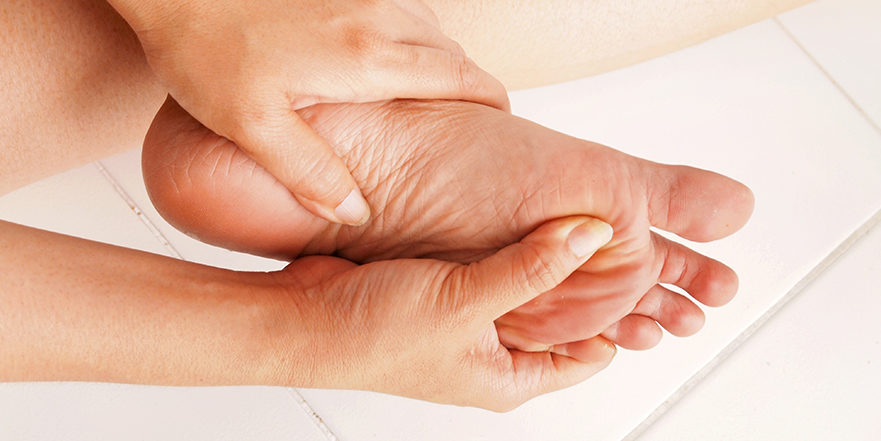Relieving Gout: Causes, Symptoms, and Lifestyle Modifications

A gout is a form of inflammatory arthritis that affects millions of people worldwide. It is characterized by sudden and severe attacks of pain, redness, and swelling in the joints, most commonly in the big toe. Gout occurs when uric acid crystals accumulate in the joints, leading to inflammation and intense discomfort. In this article, we will explore the causes of gout, discuss its symptoms, and delve into lifestyle modifications that can help alleviate the condition and prevent future flare-ups.
Causes of Gout:
- Elevated uric acid levels: Gout develops when the body builds up excessive uric acid. Uric acid is a natural waste product formed during the breakdown of purines, substances found in certain foods and tissues. When uric acid levels become too high, crystals can form and deposit in the joints, triggering gout attacks.
- A diet high in purines: Foods rich in purines, such as red meat, organ meats (liver, kidneys), shellfish, and certain types of fish (anchovies, sardines), can contribute to elevated uric acid levels and increase the risk of gout. Consuming excessive alcohol, particularly beer, can also raise uric acid levels.
- Obesity and metabolic syndrome: Being overweight or obese is a risk factor for gout. Excess weight can lead to increased uric acid production and decreased excretion, contributing to the development of gout. Additionally, conditions like high blood pressure, high cholesterol, and insulin resistance, collectively known as metabolic syndrome, are associated with a higher risk of gout.
- Family history: Gout has a genetic component, and individuals with a family history of the condition are more prone to developing it. Inherited abnormalities in how the body processes uric acid can increase the likelihood of gout.
Symptoms of Gout:
The hallmark symptom of gout is the sudden onset of intense joint pain, typically affecting the big toe. Other symptoms may include:
- Swelling and redness: The affected joint becomes swollen and tender and may appear red or purplish.
- Limited range of motion: Joint movement may be restricted due to pain and swelling.
- Warmth and stiffness: The joint may feel warm to the touch and become stiff.
- Recurring attacks: Gout attacks can come and go, with periods of remission in between. Over time, if left untreated, the attacks may become more frequent and involve multiple joints.
Lifestyle Modifications for Gout Relief:
Healthy diet and hydration: Adopting a balanced diet low in purines can help manage gout. Emphasize whole grains, fruits, vegetables, low-fat dairy products, and lean proteins. Limit or avoid high-purine foods, alcohol (especially beer), and sugary beverages. Drink plenty of water to promote adequate hydration and help flush out uric acid from the body.
- Weight management: Losing excess weight can help reduce uric acid levels and decrease the frequency and severity of gout attacks. Aim for gradual weight loss through healthy eating and regular physical activity.
- Regular exercise: Regular physical activity helps maintain a healthy weight, improve joint flexibility, and enhance overall well-being. Low-impact exercises such as walking, swimming, and cycling are generally well-tolerated by individuals with gout.
- Limit alcohol consumption: Alcohol, particularly beer, can raise uric acid levels and trigger gout attacks. It is advisable to limit or avoid alcohol intake, especially during gout flare-ups.
- Medication management: Consult a healthcare professional who may prescribe medications to manage gout. These may include nonsteroidal anti-inflammatory drugs (NSAIDs), colchicine, or medicines that help lower uric acid levels, such as xanthine oxidase inhibitors or uricosuric agents. Following the prescribed treatment plan and discussing any concerns or side effects with the healthcare provider is important.
- Stress management and adequate sleep: High-stress levels and inadequate sleep have been associated with increased gout risk and flare-ups. Practice stress reduction techniques such as meditation, deep breathing exercises, or engaging in hobbies to promote relaxation. Aim for seven to eight hours of quality sleep each night.
Conclusion:
Gout is a painful and debilitating condition, but its symptoms can be managed effectively with the right approach. By understanding the causes of gout, recognizing its signs, and implementing lifestyle modifications, individuals can reduce the frequency and severity of gout attacks and improve their overall quality of life. Consulting with a healthcare professional for an accurate diagnosis and personalized treatment plan is important. With proper care and self-management, individuals with gout can find relief and enjoy a more active and pain-free life.
